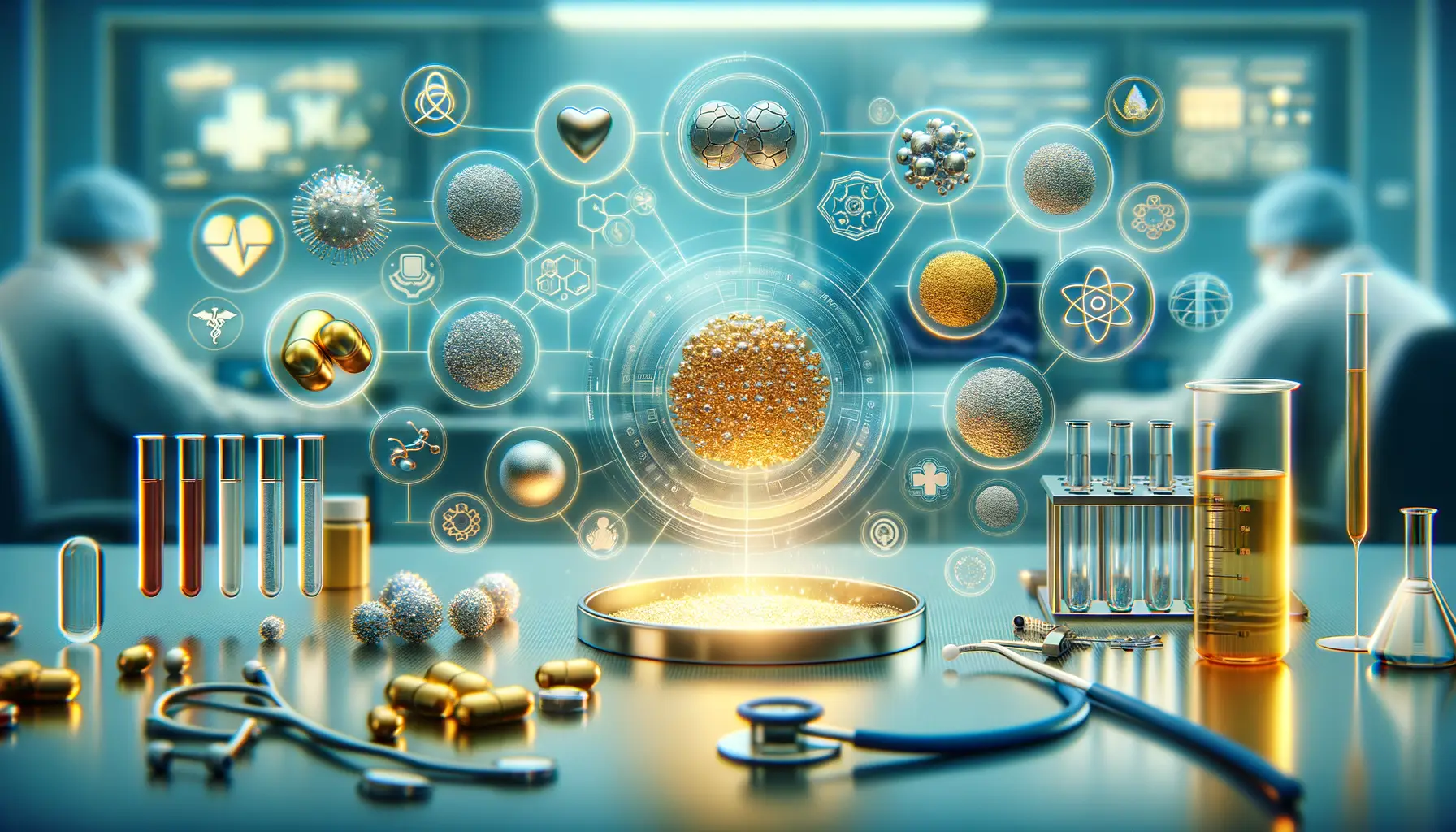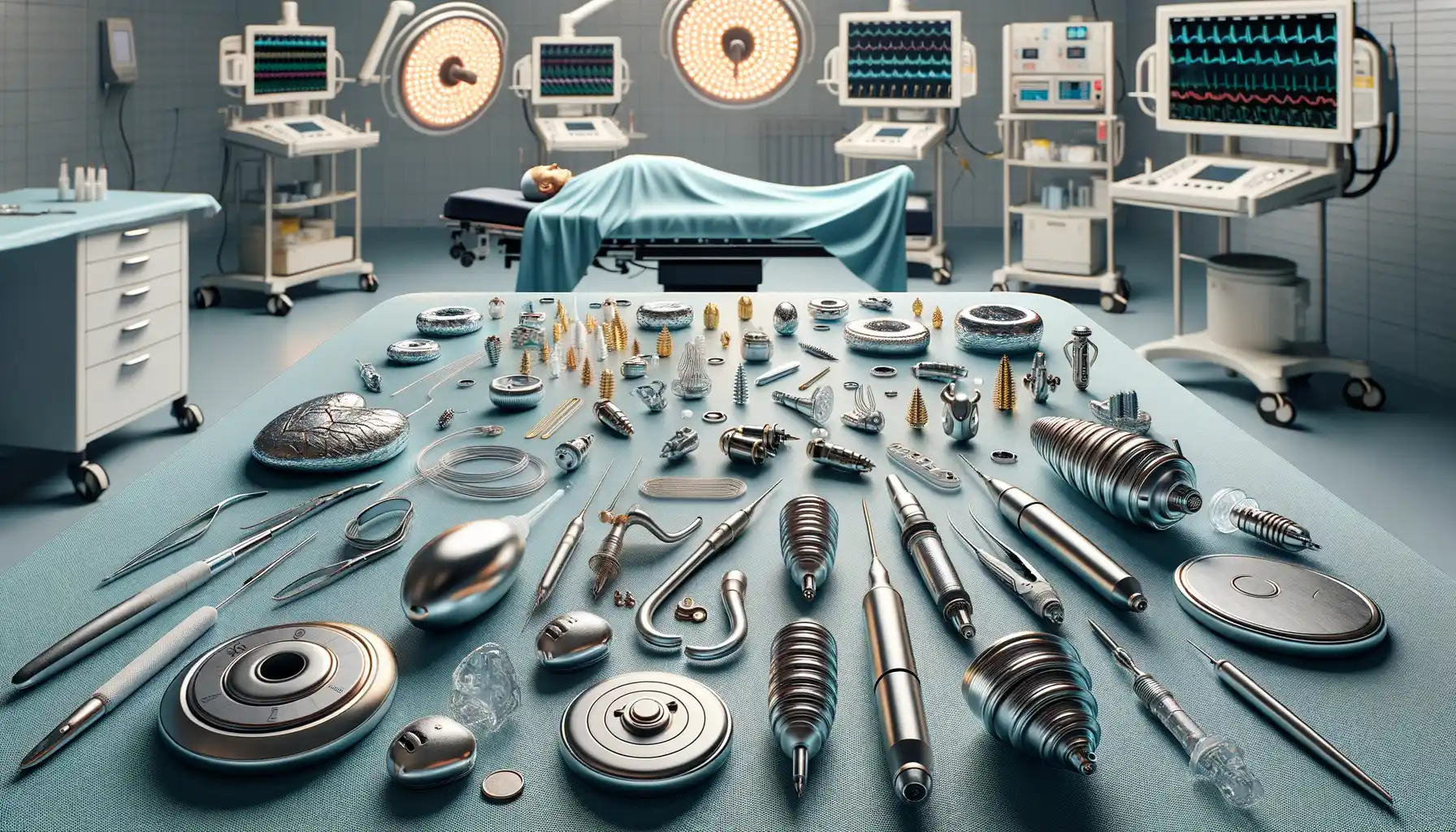Introduction to Precious Metals in Biomedical Implants
The Sparkling Role of Precious Metals in Modern Medicine
When you think of precious metals, your mind might leap to glittering jewelry or ancient coins. But what if I told you these same materials—gold, platinum, and palladium—are quietly saving lives inside the human body? Yes, the very metals often worn on fingers or stored in vaults are revolutionizing modern medicine, especially in the realm of biomedical implants.
Why this fascination with precious metals? It’s not just their beauty; it’s their resilience. These metals resist corrosion like champions, holding strong against the body’s harsh biochemical environment. Imagine a pacemaker electrode that must endure constant exposure to bodily fluids without degrading over time—that’s where these metals shine.
- Gold: A superstar in electrical conductivity, making it ideal for devices like neural implants.
- Platinum: The tough yet adaptable metal that forms the backbone of many life-saving implants, from stents to hearing aids.
Precious metals thrive where other materials falter, even offering biocompatibility, which means they play nice with your body instead of sparking allergic reactions or inflammatory chaos. It’s not just science; it’s art meeting necessity. Every implant tells a story—and precious metals steal the spotlight.
Properties and Benefits of Precious Metals in Medical Applications

What Makes Precious Metals So Special?
When it comes to biomedical implants, not all materials are created equal. Precious metals like gold, silver, and platinum bring a touch of magic to modern medicine. Why? Because they’re naturally blessed with properties that seem almost tailor-made for healing the human body.
First, their biocompatibility is unmatched. These metals don’t pick fights with your immune system—they quietly blend in, avoiding inflammation and rejection. Picture platinum sitting elegantly inside a pacemaker, working tirelessly without causing harm.
Then, there’s their corrosion resistance. In the harsh, salty environment of the human body, precious metals stand strong. They don’t rust or degrade, ensuring that implants last for years without breaking down.
And let’s not forget conductivity. Gold and silver, for example, are highly conductive. This makes them perfect for devices like nerve stimulators where precision electrical signals can mean the difference between pain relief and discomfort.
- Durability: These metals can withstand the test of time, both chemically and physically.
- Purity: Their structure can be refined to microscopic levels, ensuring safety.
How They Help the Body Heal
Here’s where the benefits get truly fascinating. Precious metals have antibacterial properties. Yes, you read that right! Silver, in particular, has been championed for its ability to fight off infections—a critical feature in implants like catheters or joint replacements. Imagine a silent guardian protecting the body post-surgery.
Gold also plays a surprising role in tissue repair and regeneration. It has a knack for boosting cell growth, helping bones, nerves, or even soft tissues recover more quickly. And when it’s used in implants, it sparks no toxic reactions—just smooth recovery.
These metals go beyond function; their elegance lies in how harmoniously they interact with our most intricate systems. Perhaps that’s why they’ve been revered for centuries—not just as treasures but as lifelines in modern medicine.
Applications of Precious Metals in Implantable Devices

The Unsung Heroes of Modern Medical Marvels
Imagine a life without the ability to repair or replace our body’s most critical functions. That’s where biomedical implants step in, and at the heart of these life-saving devices often lies something surprisingly glamorous: precious metals. Yes, those same sparkling elements that adorn jewelry are also saving lives in ways you might never expect.
Take platinum, for example, the backbone of pacemakers and defibrillators. It’s like the steady hand of a doctor, conducting electrical impulses with breathtaking precision. Without its unwavering stability, these life-saving devices wouldn’t perform so flawlessly. Or consider gold’s role in cochlear implants, where it’s a silent conductor helping restore sound to those who’ve lived in silence.
Where Precious Metals Truly Shine
- Titanium alloys: Revolutionizing joint replacements with strength and biocompatibility.
- Silver coatings: Acting as microbial warriors on prosthetics and catheters, keeping dangerous infections at bay.
- Palladium: A trusted partner in dental implants, offering durability over decades of wear.
It’s incredible to think that something as timeless as gold and platinum can now breathe new life into the human body. These precious materials don’t just sparkle—they sustain, protect, and heal in ways that feel nothing short of miraculous.
Challenges and Considerations in Using Precious Metals

The Intricate Dance of Cost and Accessibility
When it comes to harnessing the power of precious metals like gold, platinum, and even palladium in biomedical implants, costs can feel like a steep mountain to climb. These metals aren’t just valuable—they’re *very* valuable, commanding prices that can make even well-funded researchers pause. Picture this: while gold might offer unparalleled biocompatibility, the sheer expense could limit its use in more widespread applications. Now scale that challenge to an entire healthcare system—balancing innovation with affordability isn’t easy.
But cost isn’t the only puzzle piece here. Accessibility is another beast entirely. Some of these metals are sourced from regions where ethical mining practices remain a challenge. The question then arises: are we saving lives at the cost of environmental harm or labor exploitation? It’s a sobering thought.
- The supply chain for precious metals is often riddled with uncertainties.
- Long-term availability could hinge on geopolitical stability or advances in metal recycling.
Calling these challenges “complex” is an understatement—it’s a thorny knot of ethics, economics, and responsibility.
Corrosion Resistance Isn’t Always Perfect
We often gush about the corrosion resistance of precious metals, but let’s not put them on a pedestal without a reality check. Whether it’s due to accidental impurities or unpredictable conditions in the human body, even these “noble” metals can falter. For instance, under extreme circumstances, certain alloys may degrade over time, releasing particles into surrounding tissues. And while rare, the results can be complications like localized inflammation or implant failure—a nightmare for both patient and surgeon.
Moreover, tailoring these metals to suit specific implant designs isn’t as straightforward as melting metal and pouring it into a mold. Engineers must grapple with trade-offs like balancing strength and malleability. Get it wrong, and you’ve got a brittle component that fractures under stress or one too soft to hold its shape. The stakes are quite literally life and death!
Future Trends in the Use of Precious Metals for Biomedical Implants

Shaping Tomorrow: Precious Metals in Cutting-Edge Medical Innovations
The future of biomedical implants is gleaming—quite literally—with the promise of precious metals. Imagine a titanium joint infused with gold nanoparticles, not just for durability, but to actively battle inflammation. Or a small pacemaker wire plated with platinum that doesn’t just conduct electricity but resists corrosion like a knight’s armor fending off the elements. These aren’t science fiction—they’re the direction we’re boldly heading.
One of the most exciting trends is the exploration of nano-scale formulations of metals like gold, silver, and palladium. At astonishingly tiny scales, these metals perform like miracle-workers, delivering targeted therapies or improving biocompatibility in ways we’ve never seen before. Think of it as the leap from a hand-drawn map to GPS navigation.
- Gold-coated scaffolds for skin regeneration after burns or wounds.
- Palladium composites enhancing the longevity of orthopedic implants.
- And even silver ions preventing dangerous infections in complex surgeries.
But it’s not just materials; it’s what’s possible when combined with tech advances. Next-gen sensors embedded in metal-based implants could monitor your health from within, alerting you to changes before symptoms appear. The future isn’t just functional—it’s smart, proactive, and dazzlingly innovative.
